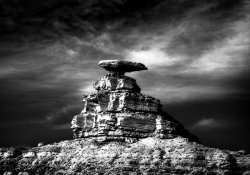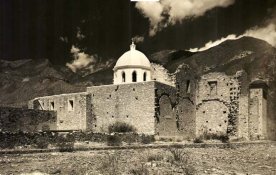- Joined
- Feb 17, 2006
- Messages
- 51
- Format
- Multi Format
Hello, I'm not sure if this is the correct spot because I think it could fall under a few but I'll try here I guess. I've been shooting a lot of black and white recently and I've been trying to use red and deep red filters to get the sky to go as dark as I can without excessive burning. I'm looking for the ansel adams kinda thing in Monolith. I'm using a Seagull and putting the filters on the front of that and recently I just bought a light meter, first one, and I was wondering if the way I was meter may have had somethign to do with the skies not being as dark as I would like them. Is there the posibility that using the handheld meter on incident/ambient could help with this (along with the correct exposure compensation)?
Thanks!
-Andrew
Thanks!
-Andrew




